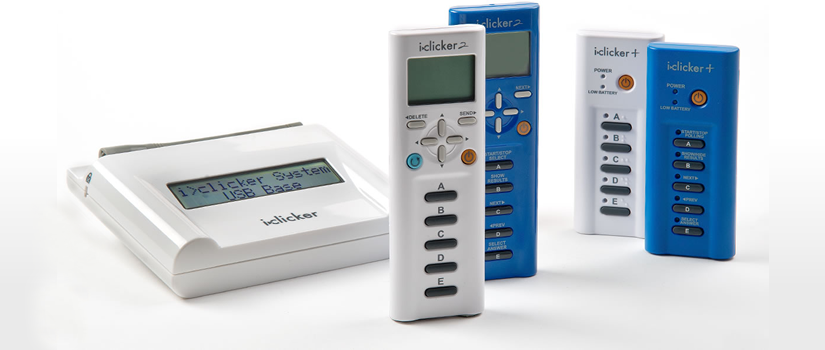Description
Classroom response systems, sometimes known as “clickers,” have become popular and are being used across disciplines at the university. The technology allows polling of students with real-time feedback available to the professor. It is well understood that students learn more effectively when they take an active role in the classroom as opposed to the traditional passive mode of note taking. However, the technology by itself does not increase student learning.
This session describes the process of “Peer Instruction” - a teaching method developed by Eric Mazur at Harvard that promotes active learning. The workshop discusses how this method can be adapted to large enrollment introductory courses in science and other disciplines to engage the students in a meaningful way. Peer Instruction involves discussions among students during lecture in response to questions posed by the professor. The lecture is then adapted to the responses of the students. This approach creates a more active classroom and an improved student experience.
About the Facilitator
David J. Tedeschi is a Professor in the Department of Physics and Astronomy. He has been teaching at the University of South Carolina since 1997. In 2007, he was a recipient of the Michael J. Mungo Undergraduate Teaching Award. His research is in the field of nuclear physics and its applications to medical physics and radiological health physics.
